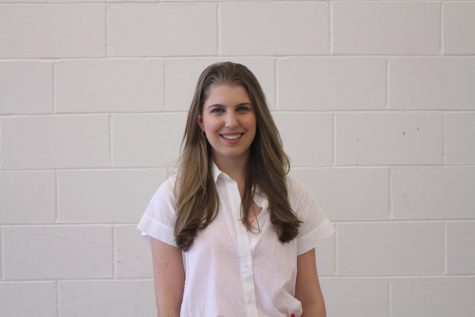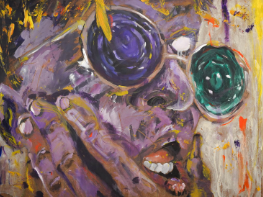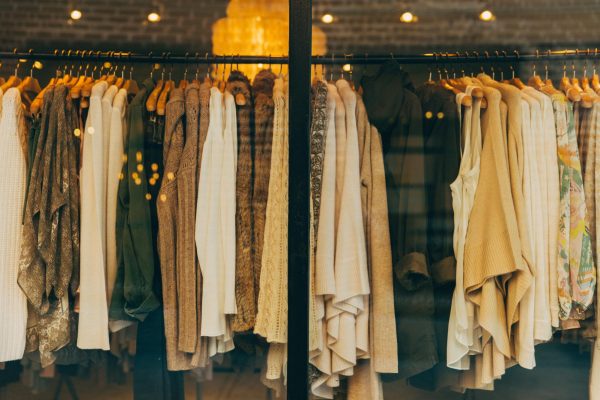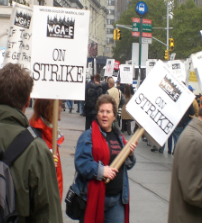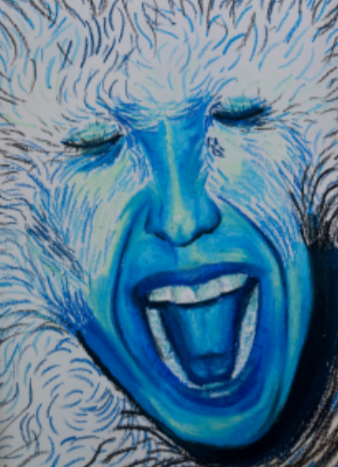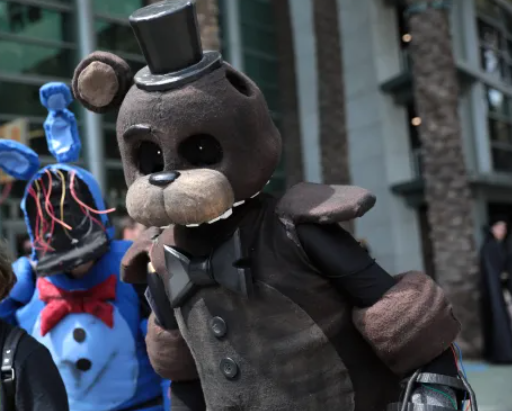Art provides an outlet for impoverished communities to express themselves

Photo courtesy of Crew Peligrosos
A wall graffitied by Crew Peligrosos 4 Elements School of Hip Hop stands at the University of Medellin in Medellin, Colombia. The crew uses graffiti, hip hop dance, music and other forms of art to help restore impoverished communities through their country.
November 15, 2019
In the 1990s, an unrestrained cocaine trade paralyzed communities in Colombia with drug addiction and violence, according to The Nature of Cities, an international platform for transdisciplinary dialogue and urban solutions.
Henry Arteaga, a founding member of the world-famous Crew Peligrosos 4 Elements School of Hip Hop used graffiti and dance to help restore Colombia’s once broken communities. Artega and his friends covered walls of the hip-hop school in artwork to “articulate new visions of society,” said sociologist and activist Dr. Charles Derber in an interview with The Nature of Cities.
“Most social movements rely on art as a powerful vehicle for expressing dissent and resistance as well as helping articulate new visions of society,” Dr. Derber said.
Lower-income communities not only use art forms as a way to rebuild lifestyles, but also as an outlet to express themselves in unfortunate situations.
A freelance reporter named Alison Stine wrote an article about influencing her children with art for a project done by the Center for American Progress organization, Talk Poverty. Stine feels that being creative is a necessity in a poverty-stricken lifestyle.
“My son became enamored with paintings after seeing the art I make at night after he’s asleep… One of my jobs as a poor mother is to make things, to stretch the laundry detergent with water, to fit the screws back in the car door with wire,” Stine said. “What is living in poverty if not constantly being creative? Continually making it work? Making the unbearable, bearable.”
Artistic culture can also yield better living situations for low-income communities. A study from the School of Social Policy & Practice at the University of Pennsylvania found that art decreases child abuse, neglect and serious crime rates while also increasing standardized test scores.
“This research confirms and builds on what we’ve seen about the power of art to shape communities and improve lives,” said Kerry McCarthy, director of thriving communities at The New York Community Trust, who funded the study. “Our grantmaking boosts the arts in neighborhoods that need it most, so we are thrilled to use the findings to hone this strategy.”
Individuals also use art to call attention to social issues. Tatyana Fazlalizadeh, an artist and resident of Brooklyn, created a piece entitled “Stop Telling Women to Smile” by turning women’s stories regarding street harassment into art.
“I don’t know if every artist feels like they should have to make work that is about social issues,” Fazlalizadeh said in an interview with Time. “But I think that they are missing out on a great opportunity if they aren’t.”



